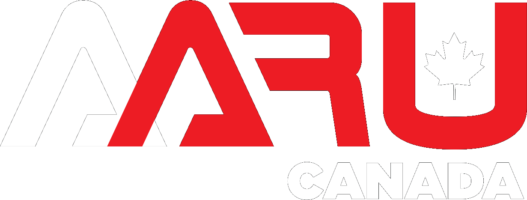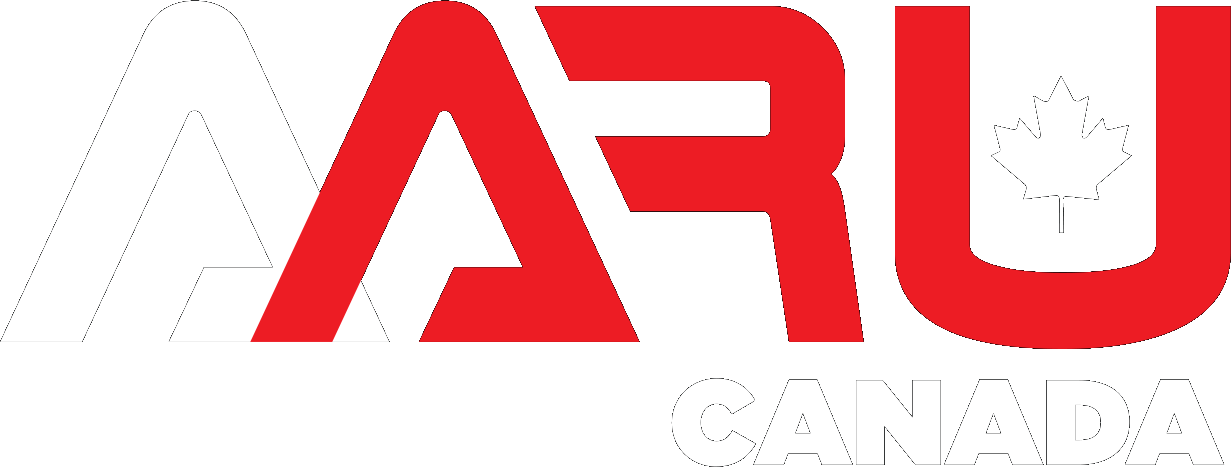The Basics of On-Page SEO: Boost Your Website’s Ranking
In the competitive digital landscape, on-page SEO plays a vital role in optimizing your website for search engines and improving your organic search rankings. By focusing on key on-page SEO elements, you can enhance your website’s visibility, increase organic traffic, and attract more qualified leads. In this comprehensive guide, we will explore the basics of on-page SEO, covering essential techniques and best practices that will help you outrank your competitors and achieve online success.
Understanding On-Page SEO
On-page SEO refers to the optimization of individual web pages to improve their visibility and relevance for specific target keywords. It involves optimizing various elements on your website, including content, meta tags, headings, URLs, and images, among others. By optimizing these elements, you send signals to search engines that your website provides valuable and relevant information to users.
Conduct Keyword Research
Before implementing on-page SEO techniques, it’s crucial to conduct keyword research to identify the target keywords and phrases your audience is using to search for information related to your business. Tools like Google Keyword Planner, SEMrush, and Moz Keyword Explorer can help you identify relevant keywords with high search volume and low competition. Choose keywords that align with your content and have the potential to drive targeted traffic to your website.
Optimize Title Tags
Title tags are HTML elements that define the title of a web page and appear as clickable headlines in search engine results. They are essential for both SEO and user experience. Craft compelling and keyword-rich title tags that accurately describe the content of your web pages. Keep them concise, ideally under 70 characters, to ensure they appear in full on search engine result pages (SERPs). Include your target keyword near the beginning of the title tag for optimal impact.
Meta Descriptions and Snippets
Meta descriptions are HTML attributes that provide a brief summary of the content on a web page. Although they don’t directly impact search rankings, well-crafted meta descriptions can significantly influence click-through rates (CTR) from search results. Write compelling meta descriptions that entice users to click on your link by clearly highlighting the value and relevance of your content. Keep them around 150-160 characters to ensure they display fully in SERPs.
Create High-Quality and Engaging Content
Content is the backbone of on-page SEO. Develop high-quality, informative, and engaging content that addresses the needs and interests of your target audience. Focus on creating long-form content that thoroughly covers a topic and provides comprehensive information. Incorporate your target keywords naturally within the content, headings, and subheadings to signal relevancy to search engines. Use bullet points, images, and formatting to enhance readability and user experience.
URL Structure and Optimization
Optimize your website’s URL structure to provide search engines and users with clear and descriptive information about the content of your web pages. Use short, keyword-rich URLs that accurately represent the page’s subject. Avoid long and complex URLs that may confuse both search engines and users. Separate words in the URL with hyphens (“-“) rather than underscores (“_”) to improve readability.
Header Tags
Header tags (H1, H2, H3, etc.) are HTML tags used to structure and organize content on a web page. Proper use of header tags not only improves readability but also signals the relevance and hierarchy of the content to search engines. Use H1 tags for the main heading of the page, incorporating your target keyword where appropriate. Use H2 and H3 tags for subheadings and section titles. This hierarchical structure helps search engines understand the structure of your content.
Image Optimization
Optimizing images on your website can improve both user experience and on-page SEO. Compress images to reduce file sizes without sacrificing quality, as large image files can slow down page loading times. Use descriptive file names for images, incorporating relevant keywords when possible. Alt tags should be used to provide alternative text descriptions for images, ensuring accessibility and providing additional context to search engines.
Internal Linking
Internal linking involves linking relevant pages within your website. It helps search engines understand the structure of your website and the relationships between different pages. Link to related content using descriptive anchor text that includes keywords where appropriate. Internal linking helps distribute link equity across your website, increases navigation opportunities for users, and enhances the overall user experience.
Mobile-Friendliness and Page Speed
Mobile-friendliness and page speed are crucial factors for on-page SEO. With the increasing use of mobile devices for web browsing, having a mobile-friendly website is essential. Ensure your website is responsive and optimized for different screen sizes. Additionally, optimize your page loading speed by compressing images, minimizing server response time, and leveraging browser caching. Fast-loading pages provide a better user experience and positively impact search rankings.
In conclusion, mastering the basics of on-page SEO is essential for improving your website’s search engine visibility and driving organic traffic. By implementing these foundational techniques, such as conducting keyword research, optimizing title tags and meta descriptions, creating high-quality content, and focusing on mobile-friendliness and page speed, you can enhance your website’s ranking and attract valuable organic traffic. Stay updated with SEO best practices and algorithm changes to ensure ongoing success in the ever-evolving digital landscape.






